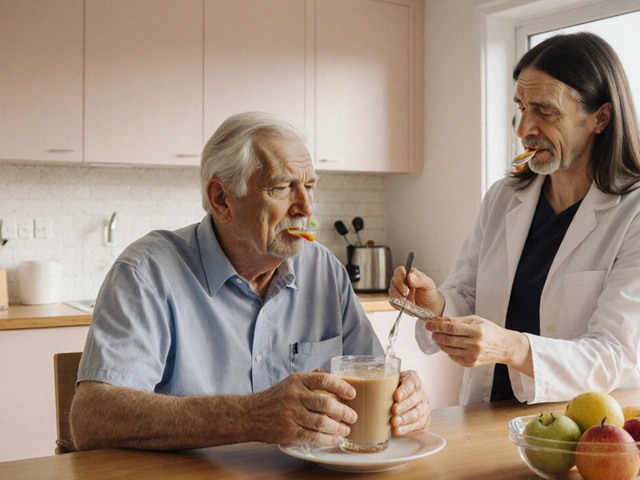Testosterone Therapy: What You Need to Know
When working with testosterone therapy, the medical use of testosterone to raise hormone levels in men with deficiency. Also known as TRT, it aims to restore normal physiology and improve quality of life. A common reason to start treatment is low testosterone, a condition where blood levels fall below the normal range, leading to fatigue, reduced libido, and loss of muscle mass. Another related condition is hypogonadism, where the testes or pituitary gland fail to produce enough testosterone, often requiring long‑term replacement.
People often wonder how testosterone therapy differs from anabolic steroids. While both contain the same hormone, anabolic steroids are typically used in higher doses to boost performance and are not prescribed for hormone replacement. Testosterone therapy, on the other hand, follows a medical protocol that matches the body’s natural levels, minimizing abuse risk. The most common delivery methods include intramuscular injections, transdermal gels, and subdermal patches; each method influences how quickly levels stabilize and how side effects appear.
Key Aspects of Testosterone Therapy
First, a proper diagnosis is essential. Blood tests measuring total and free testosterone, along with luteinizing hormone (LH) and follicle‑stimulating hormone (FSH), help confirm low testosterone or hypogonadism. Second, dosage matters. Starting with a low dose and adjusting based on symptom relief and lab results reduces the chance of erythrocytosis, acne, or sleep apnea worsening. Third, monitoring is ongoing; most clinicians schedule follow‑up labs every 3‑6 months to track hormone levels, hematocrit, and prostate health.
Beyond the medical side, lifestyle plays a big role in therapy success. Regular strength training, adequate protein, and sufficient sleep naturally support testosterone production and can lower the required dose. Also, managing stress and limiting alcohol help keep hormone balance stable. When patients combine these habits with supervised therapy, they often see better energy, mood, and body composition improvements.
Side effects are real but manageable. Common issues include skin irritation from gels, mild mood swings, and increased red blood cell count. Rarely, men may experience worsening of pre‑existing prostate conditions, which is why prostate-specific antigen (PSA) screening is part of the routine check‑up. If any adverse reaction surfaces, a clinician can tweak the formulation, reduce the dose, or temporarily pause treatment.
Finally, cost and accessibility affect many decisions. Generic testosterone injections are usually the most affordable, while branded gels can be pricier. Insurance coverage varies, so checking formularies and exploring pharmacy discount programs can make therapy more economical. Whether you’re a young adult facing early‑onset hypogonadism or an older man seeking to regain vitality, understanding these factors equips you to have an informed conversation with your healthcare provider.
Below you’ll find a curated collection of articles that dig deeper into each of these topics—from choosing the right delivery method to managing side effects and exploring natural alternatives. Dive in to get the practical details you need to make the best choice for your health.




